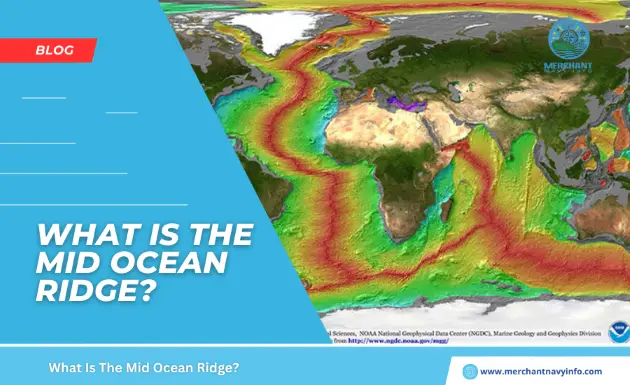
Mid-ocean ridges are vast underwater mountain ranges formed by constantly shifting tectonic plates. Heat and magma escape from the Earth’s core. This phenomenon has existed since the evolution of the Earth, including land and water forms. The continuous spreading of the oceanic lithosphere forms them. Crust and upper mantle at plate boundaries diverge due to convection currents that raise the ocean floor.
How do Mid Ocean Ridges Spread?
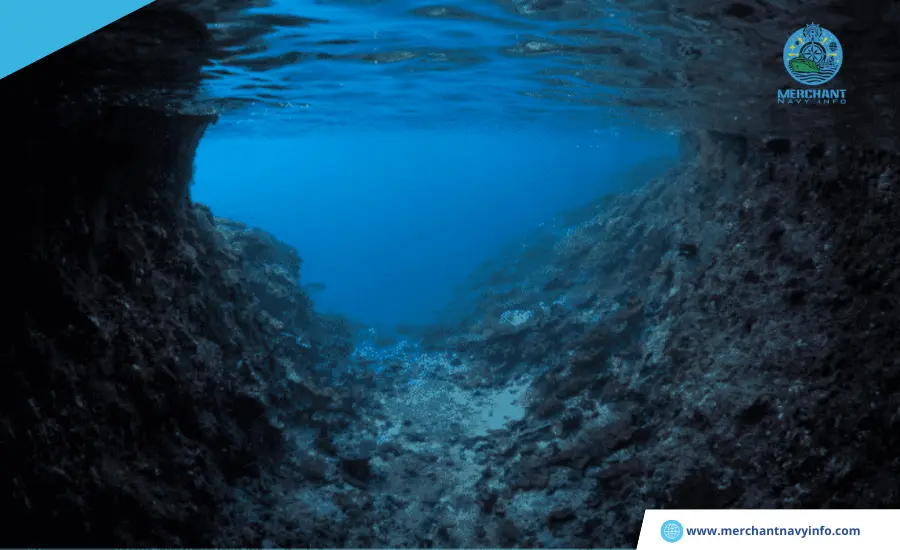
Mid ocean ridges are unique features of ocean basins. The world’s mid-ocean ridges are interconnected. A single mid-ocean ridge system has formed worldwide and is part of all oceans and seas. Two processes, ridge push, and slab pull, extend mid-ocean ridges. It is not clear which process is more dominant.
In ridge pushing, the weight of the ridge pushes a tectonic plate away from the ridge toward the subduction zone. Where the gravitational pull of the slab acts. The latter causes the weight of the tectonic plate to be pulled under the plate above, pulling the remaining plates along with it.
The mid-ocean ridges are spectacular and come in many shapes and forms. These include volcanic ridges, fault zones or transform faults, rift valleys, rifts, fissures, etc. At 65,000 kilometers or 40,000 miles, it is the longest mountain range on Earth. Deepwater hills and plains surround both ends of these ridges, sometimes with normal faults giving rise to oceanic core complexes.
What Are The Major Ocean Routes Of The World?
Responsible for 75% of Volcanic Activity on Earth
Most volcanic activity on Earth, including volcano formations and volcanic eruptions, occurs along mid-ocean ridges where new oceanic crust is formed from lava and sediments. To do. Over the years, these mid-ocean ridges have been the source of many underwater and sea-surface disasters, such as tsunamis and earthquakes, but so far, all seems well.
Basalt, the most common rock, erupts in centers that extend along mid-ocean ridges. Scientists study mid-ocean ridges to understand how Earth works, its topography, biology, physics, and chemistry.
Hydrothermal Vents Along Mid-Ocean Ridges
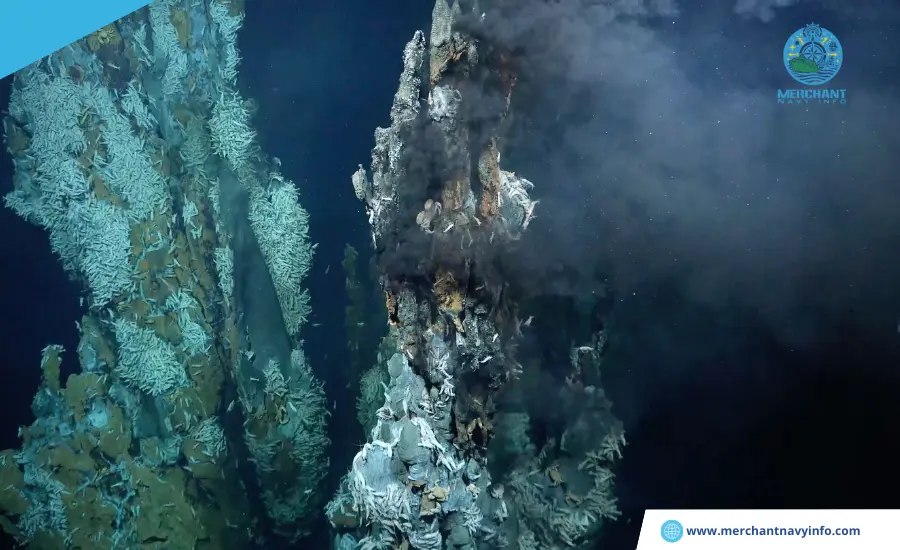
Seawater flows continuously through hydrothermal circulation through fissures and ridges in mid-ocean ridges. Various minerals and metals migrate into the water when the cold ocean water flows downward with the newly formed hot crust below the Earth’s surface. Hot, mineral-rich fluid bubbles out of the cracks, forming hydrothermal vents.
When hot water comes into contact with the ice-cold water of the ocean floor, metals precipitate out of the solution and form a black cloud or black smoke that emerges from the previously solidified mineral chimney. These vents release large quantities of metals, making them one of the richest mineral deposits in the world. It also absorbs hydrogen sulfide from hot, metal-rich water, helping marine life survive at unfathomable depths.
Divergence Phenomenon

The entire process by which lava and magma erupt to form mid-ocean ridges is a divergence phenomenon. Rather than converging, the new underwater landforms that are forming diverge and follow new paths, separating the ocean floor. There are two types of mid-ocean ridges: slow, fast, and axial.
These tectonic plates, responsible for mid-ocean ridges, also divide the Earth’s land mass into various continents. Constant movement and heat generation beneath the Earth’s crust also play a role in landmass formation. As extensive research is conducted to study the complex process of mid-ocean ridge formation, evidence shows that their continued operation could further separate today’s continents and countries.
This process cannot be stopped because it is slow, and the Earth’s core never cools. Prominent examples of mid-ocean ridge formation are found along Africa, the Red Sea, and the United States. Due to excessive heat, mid-ocean ridges are beginning to change, and new ridges are forming.
Mid-Atlantic Ridge and East Pacific Ridge
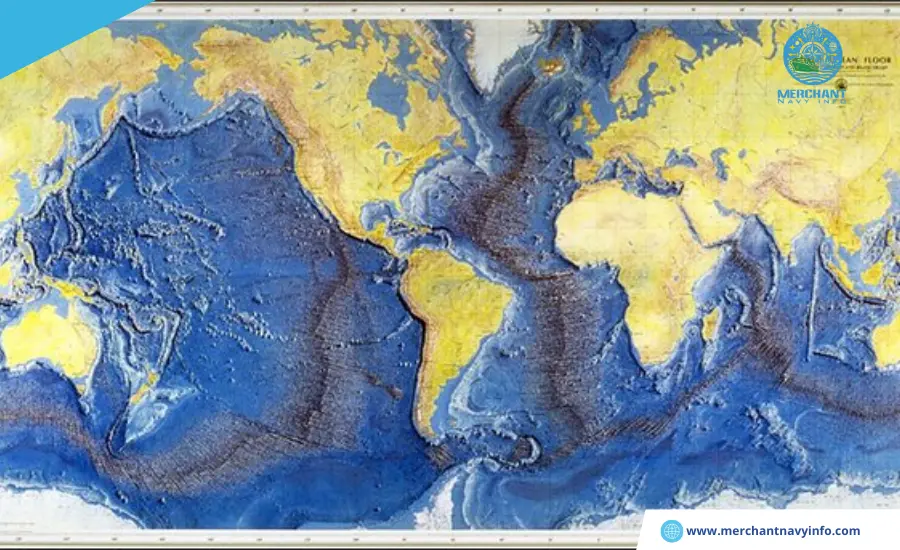
These are two well-analysed mid-ocean ridges on Earth. About 80 million years ago, North America separated from Europe, forming the 10,000-mile-long Mid-Atlantic Ridge. The cable was discovered in the 19th century when the first transatlantic cable was laid. The Mid-Atlantic Ridge runs along the center of the Atlantic Ocean and is a slow-spreading type, growing at a rate of 2 to 5 centimeters per year, or 10 mm to 150 mm.
Ocean Biome vs. Marine Biome: Major Differences
What Are Types of Waves Ocean?
The East Pacific Rise is located at the bottom of the Pacific Ocean. The rate of spread is 6 to 16 cm per year. This process is so rapid that no troughs form in the Pacific Ocean. It has only one volcanic peak smaller than the Atlantic Rift. Most of the ridges are located more than 3200 km off the coast of South America and rise to a height of approximately 1800 to 2700 meters above the ocean floor.
Southwest Indian Ridge and Gakkel Ridge
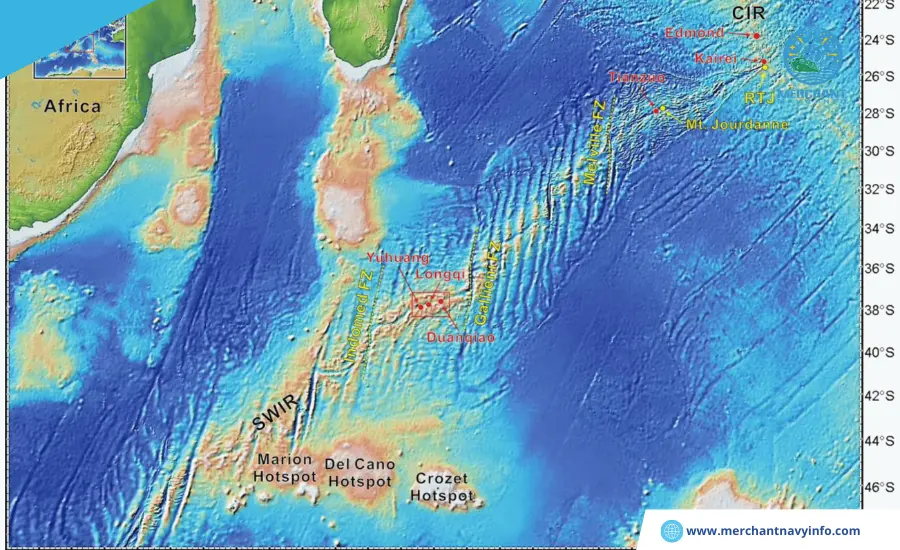
In addition to slow and fast-spreading ridges, there are also very slow-spreading ridges, such as Southwest Indian Ridge and Gakkel Ridge. The former divides the ocean between Africa and Antarctica and connects central India near Madagascar with mountain ridges in southeastern India. Spreads at medium speed.
On the other hand, the spreading rate of the Gackel ridge is one of the slowest among all ridges, at 1.1 cm a−1. The dying ridge’s expansion rate in Iceland’s western volcanic belt is <0. Iceland has formed a hotspot under the center of diffusion. Slowly-spreading ridges have rough sides, while faster-spreading ridges have smoother sides.
Conclusion
Earth is the only planet with life as we know it. The Earth has provided valuable resources over more than 1,000 years of evolution, from when dinosaurs and other creatures roamed the Earth to today when humans figured out ways to improve and develop our quality of life. And just as evolution changed the course of the landscape and caused the extinction of the dinosaurs, evolution may change Earth’s geography and topography in the coming years. Mid-ocean ridges are just one example of Earth’s evolutionary process.









